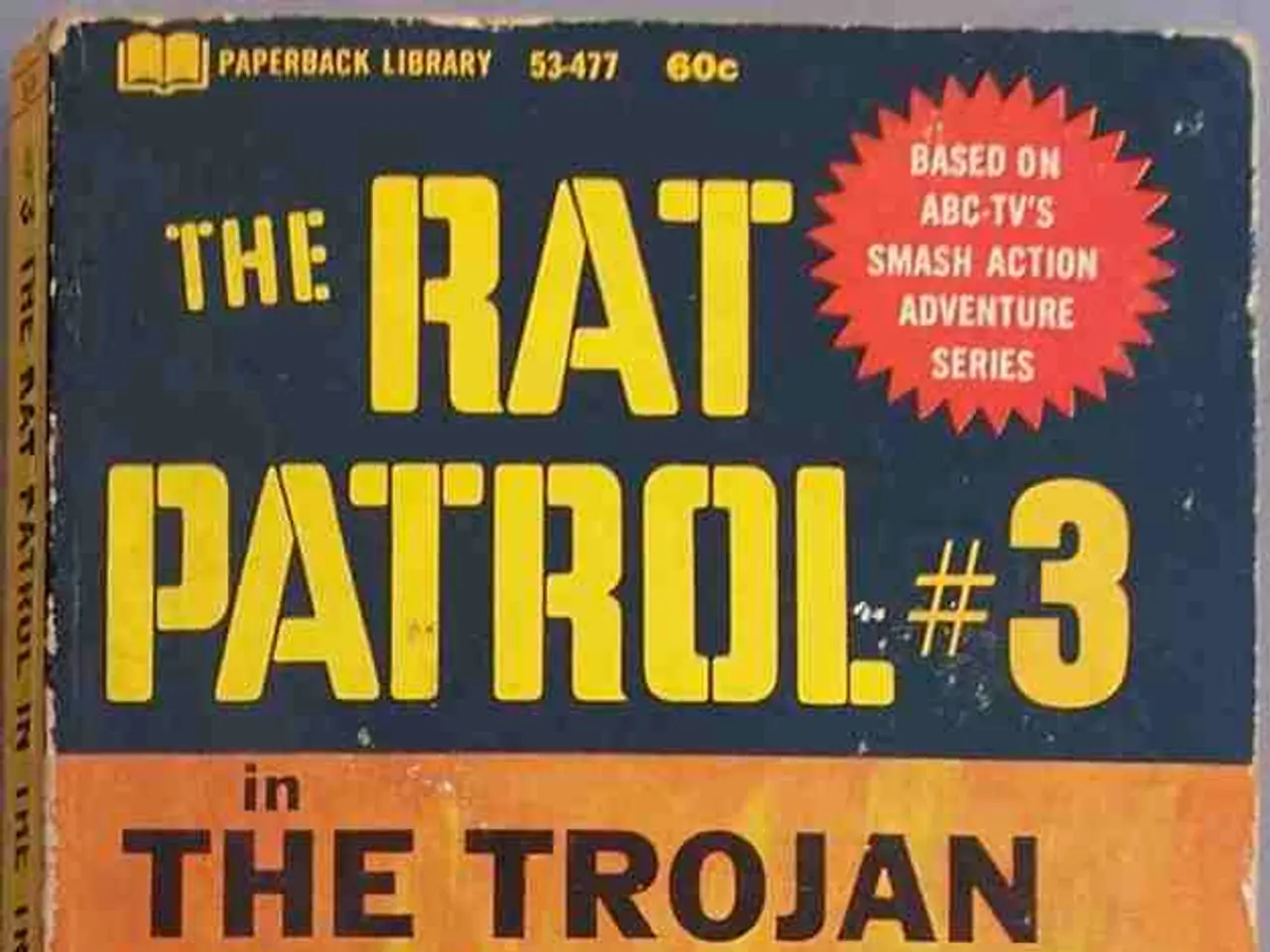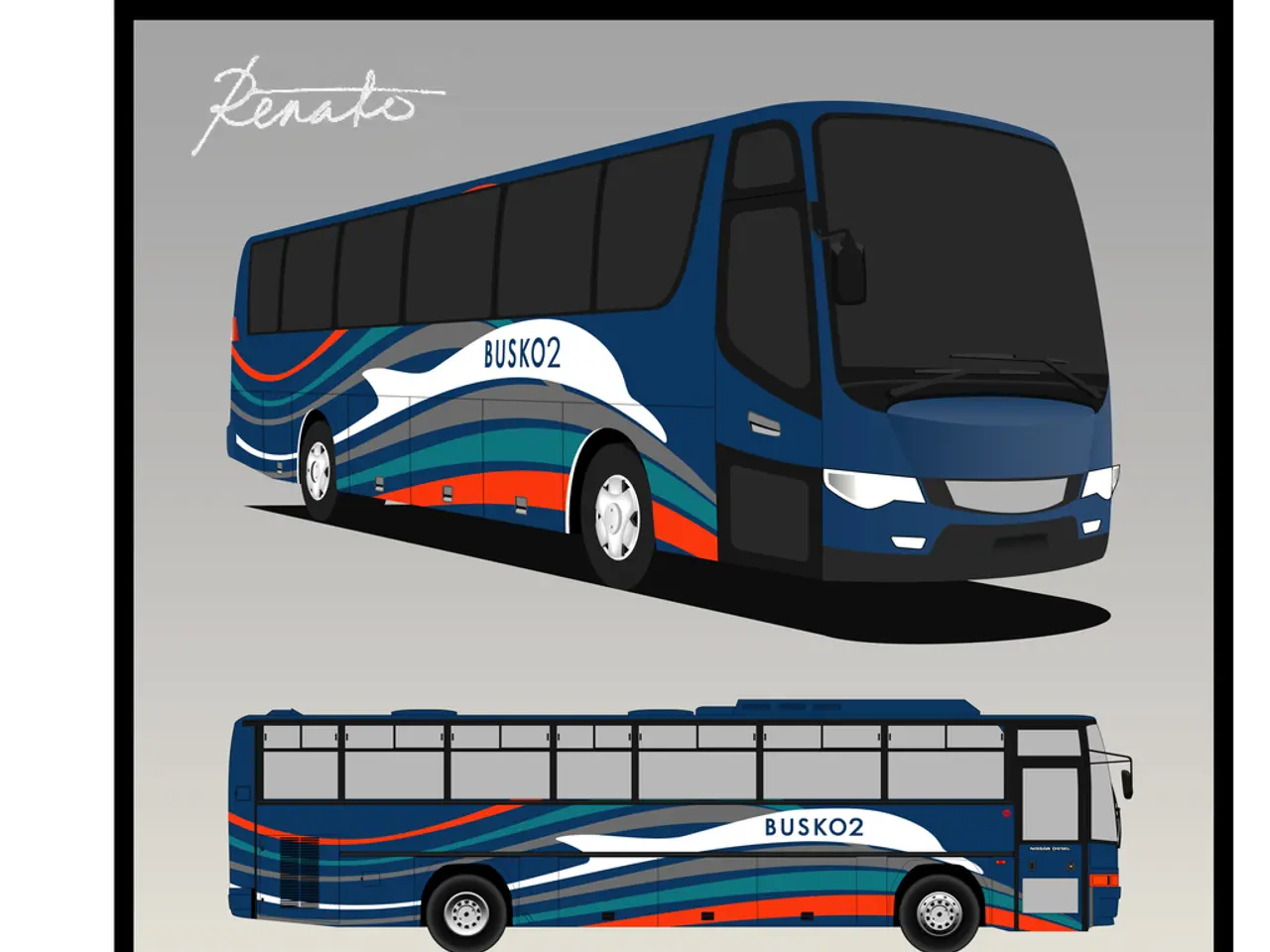Profile of Major General Edwin "Forrest" Harding within the ArmyAuthor series: Major General Edwin Harding
U.S. Army Officer Major General Edwin Forrest Harding: A Pioneer in Military Education and Doctrine Development
Major General Edwin Forrest Harding was a prominent figure in the U.S. Army during the interwar years and World War II. His contributions to military education, doctrine development, and thought leadership played a significant role in bridging traditional World War I tactics with innovative approaches used in World War II.
During the interwar period, Harding was deeply involved in professional military education, advocating for updated tactical and operational techniques based on lessons learned from World War I. He was a proponent of mechanization and combined arms operations, paving the way for more modern and flexible combat doctrines.
Harding's insights were instrumental in shaping officer professional development at Army schools. He wrote and lectured on military topics, helping to steer the U.S. Army towards a more adaptable and effective force.
Before World War II, Harding commanded units and participated in field exercises that tested emerging military concepts. His practical leadership helped prepare U.S. forces for the challenges they would face in the coming conflict.
During the Battle of Buna, a critical node for air attacks in the Papua New Guinea campaign, Harding commanded the 32nd Infantry Division. However, his leadership was called into question by General Douglas MacArthur, who felt that Harding lacked aggressiveness. As a result, Lt. General Robert L. Eichelberger replaced Harding two weeks into the battle.
Despite being relieved of command, Harding's impact on military discourse continued. He edited the textbook Infantry in Battle, which became an authoritative text on infantry operations, featuring numerous historical examples.
Unfortunately, detailed accounts of Harding's specific writings or formal doctrinal contributions during the interwar period are limited in open sources. For a more comprehensive understanding of his interwar contributions, specialized research in military archives or professional military education records would be necessary.
The Battle of Buna was marked by logistical challenges, including piecemeal commitment of troops, and was marred by dysentery, malnutrition, long marches through swamps, poor supply, and Japanese fire. Despite these difficulties, American casualties in Papua New Guinea exceeded those in Guadalcanal, despite the latter's longer duration and greater number of troops involved.
Following the battle, 8,659 of 14,646 troops in the area succumbed to malaria. Eichelberger, who eventually captured Buna, faced criticism for the great loss of life, earning the nickname "The Butcher of Buna."
Born and raised in Franklin, Ohio, Harding ascended through the ranks along a mostly traditional path. He was renowned for his clever and wide-ranging intellect throughout his career, serving as a mentor and teacher to many, including George C. Marshall and Omar Bradley.
Under Harding's leadership, the Infantry Journal underwent a transformation, becoming a must-read for military professionals. Subscriptions to the journal surged to nearly ten thousand. Major General Edward Croft, the chief of infantry, tasked Harding with revitalizing the Infantry Journal in the 1930s. Under Harding's leadership, the Mailing List shifted from dry, printed lectures or map exercises to a semiannual publication with chapters on specific topics.
In conclusion, Major General Edwin Forrest Harding's contributions to the U.S. Army during the interwar years and World War II were significant. His focus on military education, doctrine development, and thought leadership helped bridge traditional WWI tactics with innovative approaches that would be used in WWII. Although detailed accounts of his specific writings or formal doctrinal contributions during the interwar period are limited, his impact on military discourse and professional development remains evident.
- Major General Edwin Forrest Harding, a pioneer in military education and doctrine development, played a significant role in bridging traditional World War I tactics with innovative approaches used in World War II.
- During the interwar period, Harding's insights were instrumental in shaping officer professional development at Army schools, as he wrote and lectured on military topics, helping to steer the U.S. Army towards a more adaptable and effective force.
- In addition to his military work, Harding was renowned as a mentor and teacher, serving as a crucial influence on figures like George C. Marshall and Omar Bradley.
- Under Harding's leadership, the Infantry Journal underwent a transformation, becoming a must-read for military professionals, with subscriptions reaching nearly ten thousand.




